Although we are not completely diary free, the one milk that we drink at our house is almond milk. Almond has a lot of health benefits. To find out more, read this article. I learned to make almond milk a couple of years ago and I no longer buy from the store.
How to make almond milk:
- Soak one cup of raw almonds over night or 6-8 hours (soaking the almonds will make them more digestible). Drain the almonds in a colander and rinse with water.
- Remove the brown outer skin by pressing on it with thumb and forefinger. Discard brown skin.
- Put almonds in blender or VitaMix. Add Medjool dates as a sweetener. I usually put about 3 of them. But I’ve read bloggers who add up to 8 dates. Try and see what taste good to you. (Medjool dates from health food stores usually come with a pit so you’d have to remove the pit by splitting it open with your fingers). Then add 3 cups of water to VitaMix and blend until nuts are pulverized (about 10 sec in VitaMix)
- Strain through a fine mesh sieve, cheese cloth or nut bag. I’ve tried using a nut bag, but it gets messy as you have to squeeze the milk out. I prefer to use the metal mesh sieve. My kids like to help by using a spoon to scrape the almond pulp around to drain the liquid into a glass container.
- Use almond milk as a drink or with your favorite cereal or transfer to a glass bottle, covered and store in refrigerator for up to 4 days. Shake before drinking.
I”ve included some helpful pictures below if you’re interested:
My three kiddos are removing the brown skin from the soaked almonds.
Almond without the brown skin.
Medjool dates as a sweetener for almond milk.
Making almond milk in VitaMix.
Blended almond milk in metal mesh sieve to drain liquid.
Natural almond milk without any preservatives for drinking or used with your favorite cereal.
References:
Mercola.com: Take Control of Your Health.
Pamela Salzman: Do-it-yourself Almond Milk
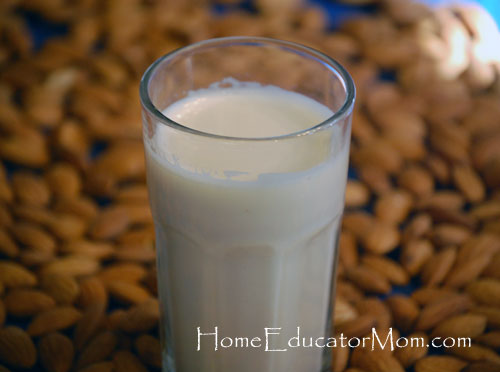
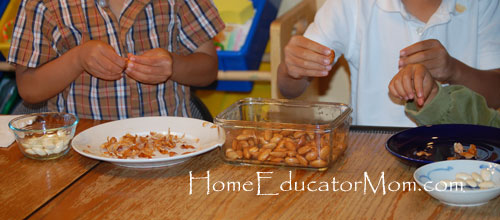
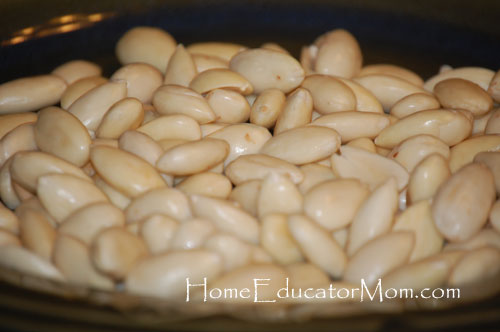
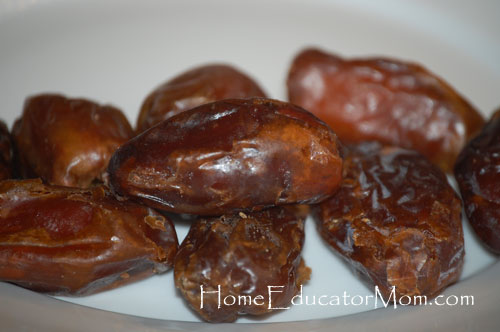
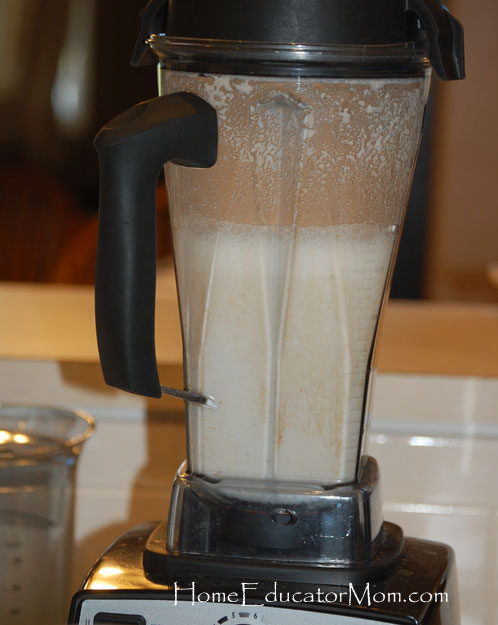
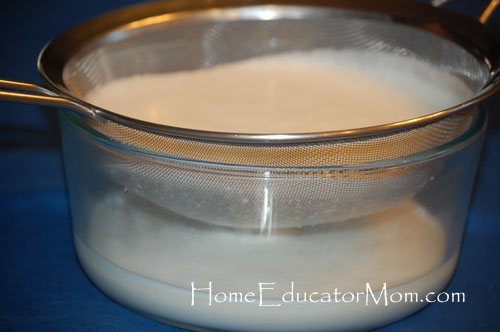


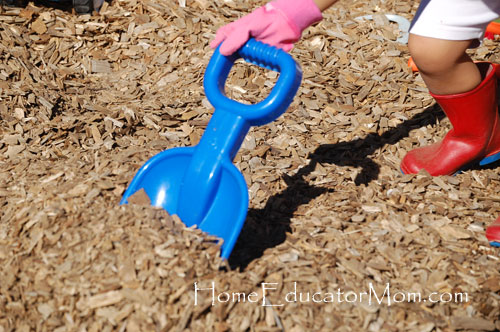
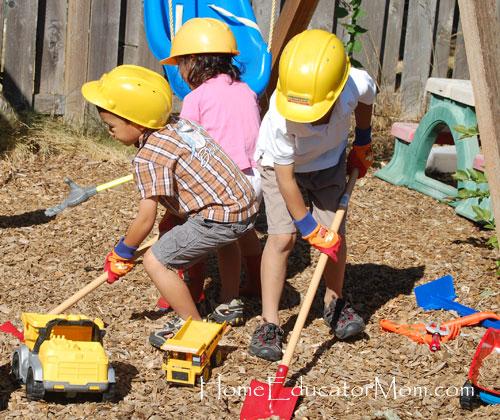
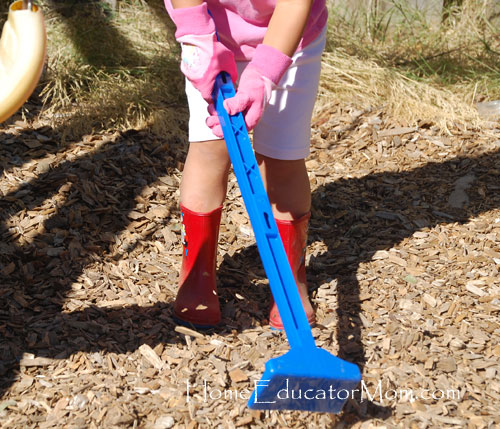
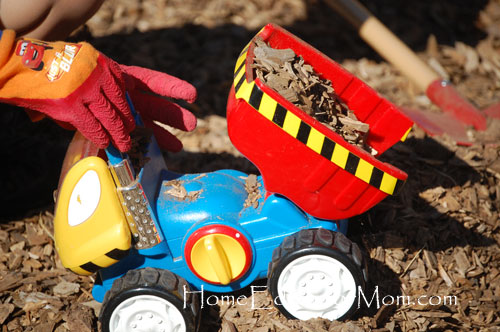
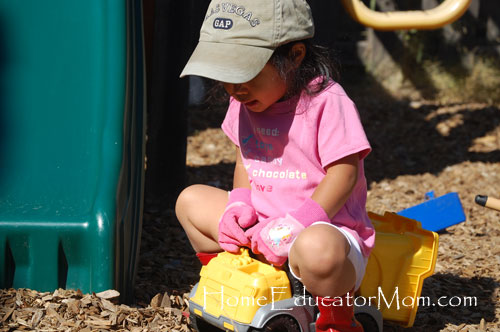
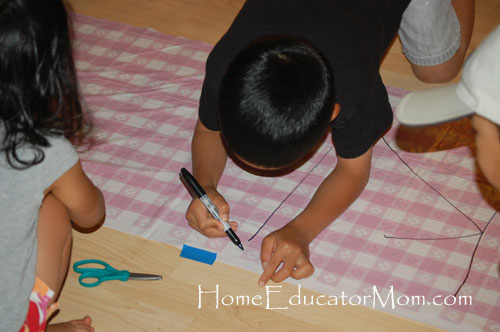
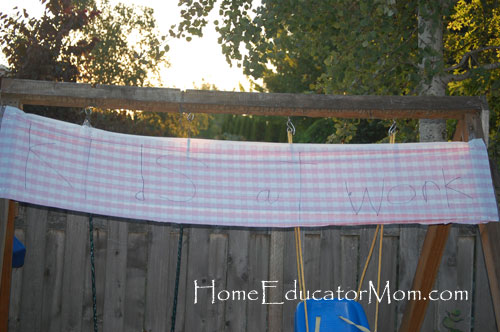
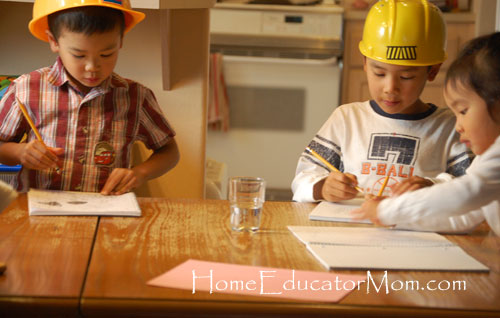
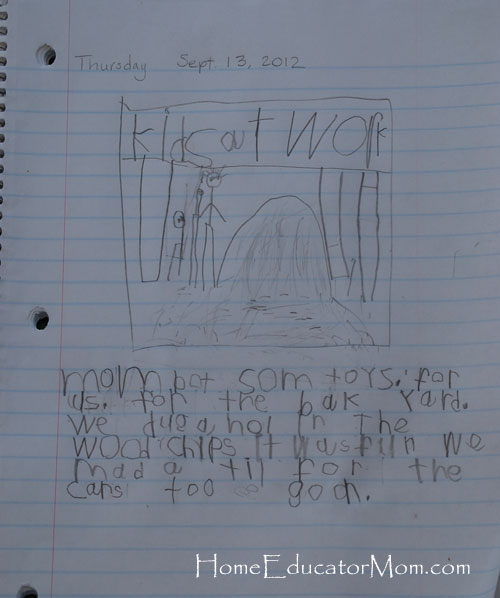

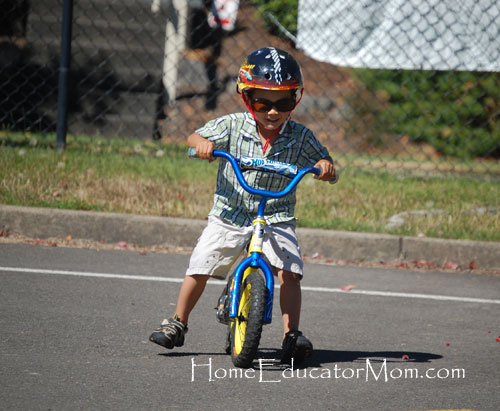
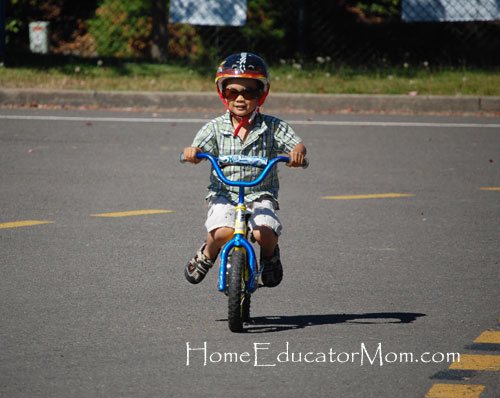
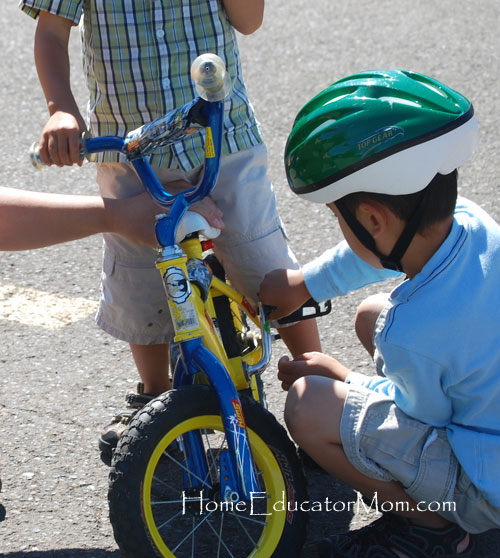
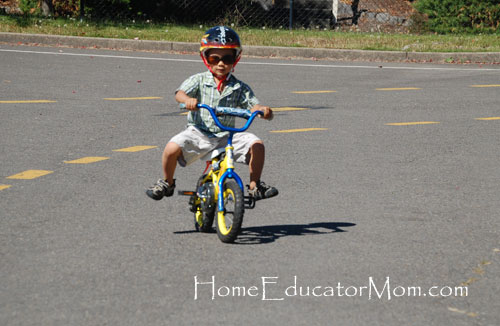
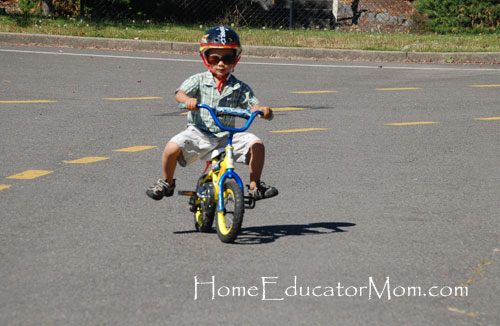
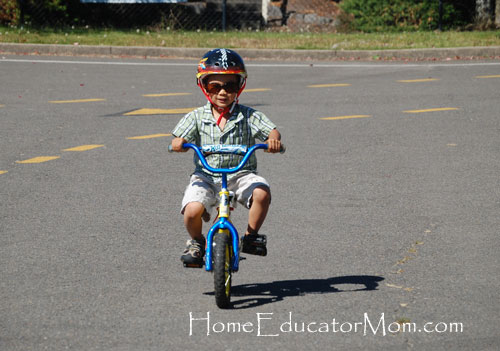
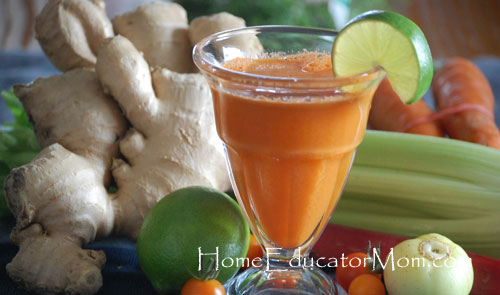
 Hi, I'm Betty and welcome to Home Educator Mom. Whether you are a homeschooling family or not, we’re all called to be our kids’ first teachers. Our desire here is to encourage moms as we walk this path of training and equipping our children. We hope you will stay a while and join us on this journey: learning and sharing life together. Meet our
Hi, I'm Betty and welcome to Home Educator Mom. Whether you are a homeschooling family or not, we’re all called to be our kids’ first teachers. Our desire here is to encourage moms as we walk this path of training and equipping our children. We hope you will stay a while and join us on this journey: learning and sharing life together. Meet our 









